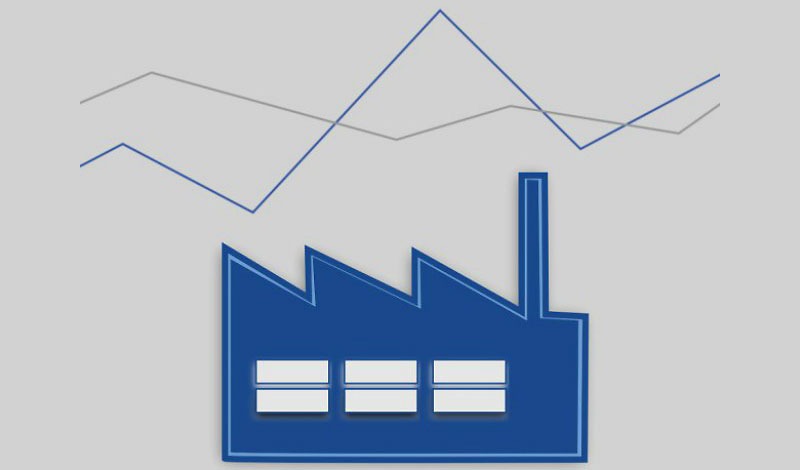We’re going to level with you: Peak demand charges can be costly. In some cases, they can make up as much as half of your energy bill. Peak demand, generally measured in short increments, is the highest level of power draw at your facility in a given month. Generating electricity at its highest levels can put a strain on the power grid. The extra costs to generate that power can come down to your facility in the form of higher peak demand charges.
So what are you doing to reduce your peak demand? In general, there are two overall strategies for leveling peak demand: using energy more efficiently or shifting the time you use energy to off-peak hours.
1. Improving efficiency
By becoming more energy efficient, you’ll reduce consumption at all hours, including peak demand periods. Here’s what you can do:
Upgrade equipment.
- If you have energy-using systems that are older or in need of repair, replace them with newer, more efficient equipment.
- Focus on systems impacting peak demand, such as air conditioning, lighting and motors driving fans, pumps and compressed air units.
Call a pro.
- Hire a qualified professional to clean and inspect your air conditioning system to ensure it operates at peak performance. Proper maintenance can reduce air-conditioning power demand.
- Conduct an airflow audit to evaluate opportunities for reducing compressed air energy use, such as fixing leaks and reducing system pressure. Eliminating redundant compressors will reduce peak demand.
- Consider an energy assessment of your facility. A qualified auditor can locate energy waste and provide you with a targeted set of energy-saving recommendations.
2. Changing times
Peak demand periods are typically in the afternoon, between 3 and 8p.m. You can save by shifting the time when you use energy to off-peak hours. A number of techniques are available:
- Install controls, such as timers and occupancy sensors to turn off lights in meeting rooms and restrooms. Also, turn off decorative or display lights if they’re not needed.
- Turn off plug loads (copiers, printers and personal appliances) during peak demand hours. Implement power management settings on all computers and office equipment.
- Charge batteries for forklifts and other battery-powered equipment only at night.
- Use an energy management system to make sure certain equipment does not peak or operate at the same time as other equipment.
- Consider thermal energy storage systems, which store ice or chilled water at night (when demand is low) to provide cooling during the day.
By combining these two strategies, you can turn those mountainous peaks into mere foothills, making it much easier to navigate those monthly energy bills.
